What is TLCI, SSI and TLMF?

Cinematographers need to the get the lighting just right.
What is TLCI(Television Lighting Consistency Index) , SSI(Spectral Similarity Index) and TLMF(Television Lighting Matching Factor)?
These are part of a group of metrics used to evaluate how a light brings out colors (renders colors) in a scene. Cinematographers, photographers always need to get the lighting and colors just right at the time of the shoot. Or else, a colorist will need to spend hours in post production tweaking the colors.
But what is “just right”? How do you light a scene properly, capture it into a camera, edit it in post production and reproduce it back onto the big screen with immaculate color fidelity (trueness). It starts with obtaining lights with high quality color performance and characteristics, and one of the most important metrics for measuring this is the color rendering index.

What’s wrong with CRI?
The mainstay of rendering indices has long been “CRI”, defined by the International Commission on Illumination. However, CRI has come under scrutiny. First, it is a simple average representing a small subset colors, incapable of really revealing the color quality of a light for practical cinematic purposes. Second, CRI is a human-centric metric, gauging colors based on how people see it (standard observer), not how a camera sees it. Third, CRI was developed for garment industry and architecture, rather bland pastel colors compared to the rich, illustrious colors of TV and Cinema.
Over the years, there have been other Coloring Indices developed by those in the Cinema and TV industry that help to better gauge lighting and colors, notably TLCI, TLMF and SSI. We’ll look at each of them.
What is TLCI in Cinema Lighting- Television Lighting Consistency Index
The TCLI rendering index was developed by Alan Roberts, formerly an engineer of the BBC. Similar to CRI, it measures how true the colors in a light are compared to reference samples. However, the premise behind TLCI is that since the camera will be doing the “seeing”, it makes sense to have a rendering index that is best suited for television cameras. The spectral response curves used by TLCI is based on an average of many cameras that is called the “standard camera” (not standard observer as in CRI and other color metrics).
Skin Tones are important
TLCI is similar in some ways to CRI. It uses a sampling of colors and produces a quantitative value between 1-100 (100 is best). However, compared with CRI’s 8 sample colors, the TLCI sample has 24 including those specifically for skin tones. Why skin tones? Because that’s what the audience is focusing on – nobody cares if the sofa is a little bluer than reality, but skin colors have to be right on. Note that high CRI scores can still render undesirable skin tones in Cameras.
Helping the colorist
One more thing is that the TLCI score evaluates how difficult it would be for a colorist in post production to correct the colors in the video. TLCI can also be a complete package with computer software and a report (below) that is produced to tell the colorist what colors to adjust for, which is a great time saver.
Camera crews can even include a shot of a TLCI color chart at the start of a scene shoot and have post production software look at the chart (in the shot) and adjust the colors in the video automatically.
TLCI VS CRI
While TLCI and CRI are both metrics used to evaluate the quality of light, they serve different purposes and are optimized for different scenarios. CRI (Color Rendering Index) is designed for human vision, assessing how accurately a light source reproduces colors compared to a natural light reference. It uses eight standard color samples, which do not necessarily align with the specific needs of film or broadcast. On the other hand, TLCI (Television Lighting Consistency Index) is specifically tailored for the needs of television and film production, accounting for how cameras “see” light. Its 24-color sample set includes skin tones and other critical hues for on-screen accuracy, making it more practical for cinematic applications. While a high CRI score might indicate good overall color rendering for the human eye, it doesn’t guarantee that a camera will capture those colors accurately, which is where TLCI excels.
TLCI metric evaluation
85–100 errors are so small that a colorist would not consider correcting them
75–85 a colorist would probably want to correct the color performance, but could easily get an acceptable result
50–75 a colorist would certainly want to correct the errors, and could probably achieve an acceptable result, but it would take significant time to get there
25–50 the color rendering is poor, and a good colorist would be needed to improve it, but the results would not be to broadcast standard
0–25 the color rendering is bad, and a colorist would struggle for a long time to improve it, and even then the results may not be acceptable for broadcast
Meaning of TCLI scores
Image courtesy of Alan Roberts.
All said, the TLCI really takes the guesswork out of Cinema/TV color editing with real consistent numbers, which consequently saves time and trouble. It’s a valuable tool for companies buying cinema and stage lights, but’s it’s also important for manufacturing companies making these lights for this industry.
What is TLMF in Cinema Light– Television Lighting Matching Factor (TLCI extension)
In cinematography you can often find yourself on site with many different light sources. A production company may own lights or they may rent lights. But when a mixture of lights are used on a shoot it can wreak havoc when you are trying to get the colors right.
Before arriving at a shoot, it’s best to check for compatibility between different light sources you will use. That’s where the TLMF metric comes into use. With this metric, you can set up a standard reference of your own (one of your existing lights). When you go out and purchase or rent lights, you can check to see if those lights are compatible with yours.
TLCI is comparing a light with a theoretical reference standard. TLMF is comparing a light with another light.
According to EDU Tech3355, TLCI and TLMF is calculated in exactly the same way (TLMF is an extension to TLCI). The higher the number, the closer you are to your reference.
Reference: EBU tech3355 (European Broadcasting Union March 2017)
What is the Spectral Similarity Index (SSI) for Cinema Lighting Metrics?
And still another color rendering index is the SSI or Spectral Similarity Index, developed by The Academy of Motion Picture Arts and Sciences. In short SSI was developed in contrast to CRI and TLCI, and focuses on the problems of Solid State Lighting (e.g. LED) used in cinematography, as opposed to traditional broad spectrum blackbody lighting. Blackbody lighting such as tungsten provides a smooth spectral distribution, which most cameras are built for. But LED lighting is “peaky” and presents new problems for cameras interpreting this kind of spectrum.
Why use SSI?
CRI, as mentioned, is based on human standard observer, not on the camera as the observer. TLCI is based on a standard camera, but focuses on Broadcast Television cameras that are so-called 3-chip cameras. However single chip digital cameras are now quite often used in the industry today and sees colors differently than a Broadcast Television-Camera. SSI is made to account for these single-chip digital cameras and Solid State Lighting.
No more standard observer, standard camera
Actually, the intention of SSI is to remove the spectral sensitivities from the rendering equation altogether. That is to say, they don’t use a standard observer or standard camera as the basis for the metric. Instead just compare an LED light to a known reference light that is commonly used for cinema lighting. This reference might be standard daylight or maybe incandescent lighting in a studio. That being said, an SSI score will always be paired with a reference, and will be denoted with a bracketed reference, such as SSI[D55] for standard daylight or maybe SSI[3200K] for incandescent studio lighting.
So if your light scores an SSI[D55]=100 – it’s simply stating that your light is very much like standard daylight, no matter who or what kind of camera is looking at it.
Reference: Spectral Similarity Index (SSI Overview 2018-12-24 Academy of Motion Picture Arts and Sciences)
TLCI, TLMF, SSI Lighting Metrics – How Are They Measured?
Post production color correction is time consuming and visually exhausting – that’s why they have “colorists”. It’s still hard work and it behooves a production company to obtain the proper lights before a shoot to reduce those burdens. How?
You need an accurate spectrometer to measure the lights. The spectrometer needs to interpret the light characteristics and use the appropriate algorithms to produce the metrics (TLCI, TLMF, SSI). These metrics help cinematographers get the lighting right at the time of the shoot.
It’s less guesswork, and more objective by the numbers. And subsequently lighting directors, camera-persons and colorists will have more overall confidence in the finished product.
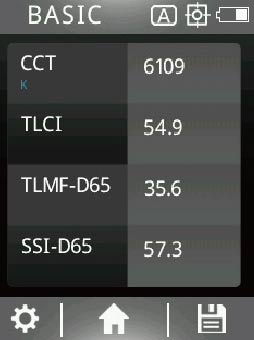
TLCI, TLMF and SSI metrics measured by the UPRtek CV600 Spectral Meter

CV600 Cinema Spectral Meter
Get the complimentary UPRtek Cinematic and Photographic Light Meter Handbook and read all about Cinematic Lighting in detail – lights, gels, color rendering indexes, post production, flicker and more.

Hot Product
Handbook Series
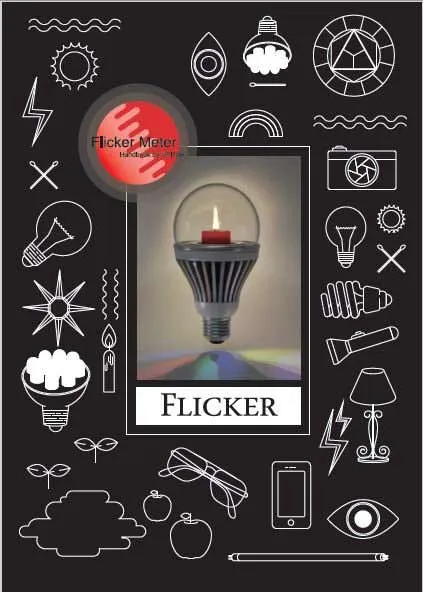
The Flicker Handbook
Everything thing you need to know about Flicker, an insidious, potentially serious lighting artifact impacting visual safety for public places like hospitals, offices, libraries, and more...
About UPRtek

United Power Research and Technology
UPRtek (est. 2010) is a manufacturer of portable, high-precision light measurement instruments; Handheld Spectrometers, PAR meters, Spectroradiometers, Light Calibration Solutions.
UPRtek HQ, R&D and manufacturing are all based out of Taiwan, with Worldwide representation through our certified Global Resellers.
Latest Articles
Category
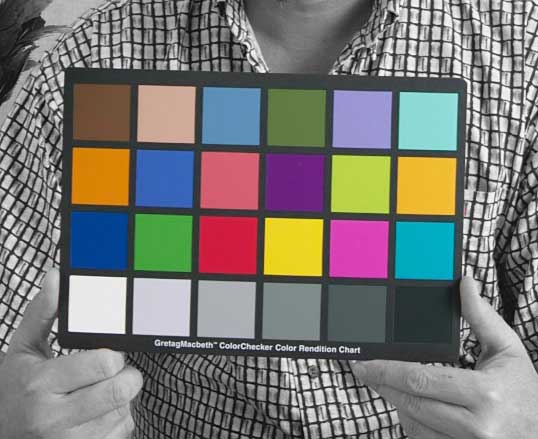
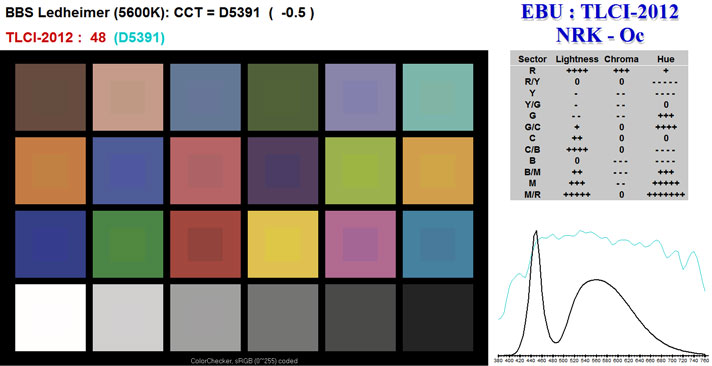
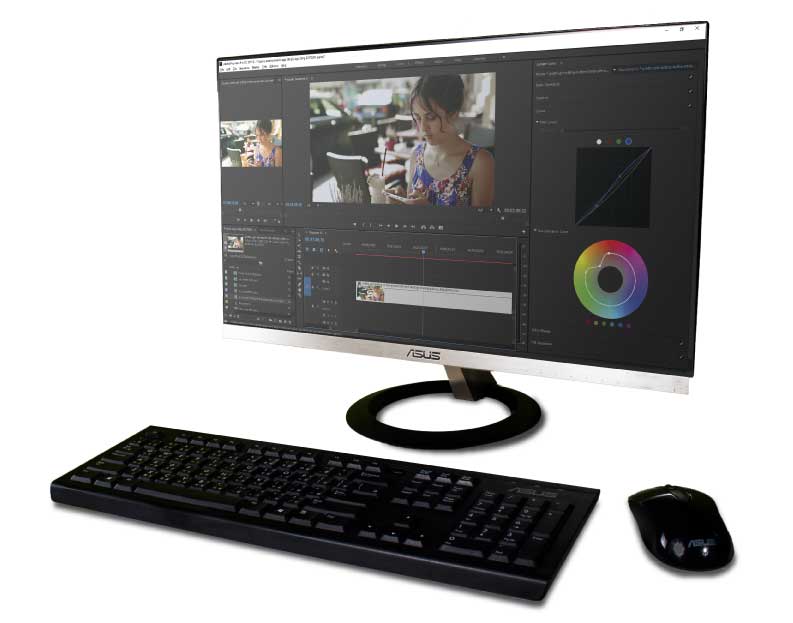
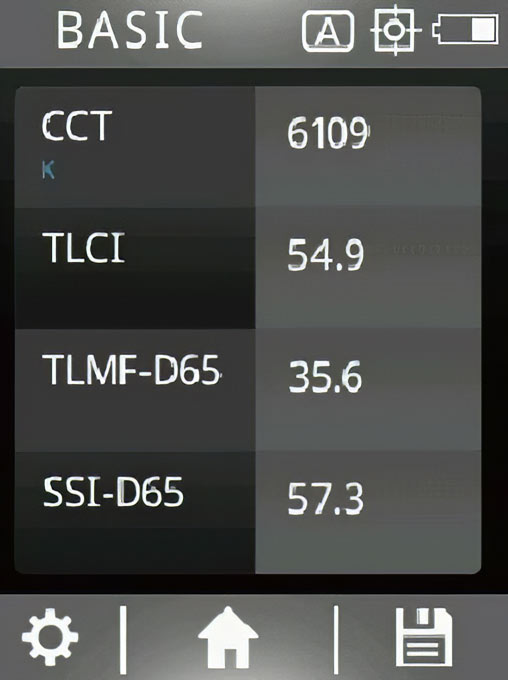
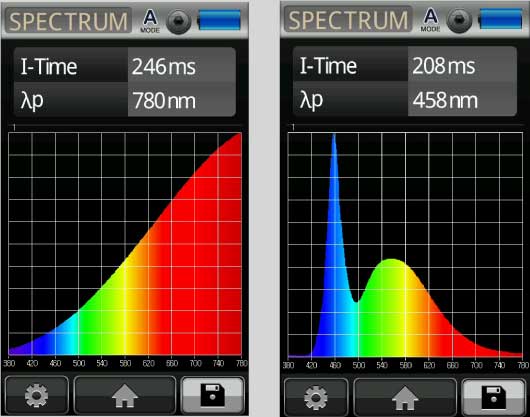
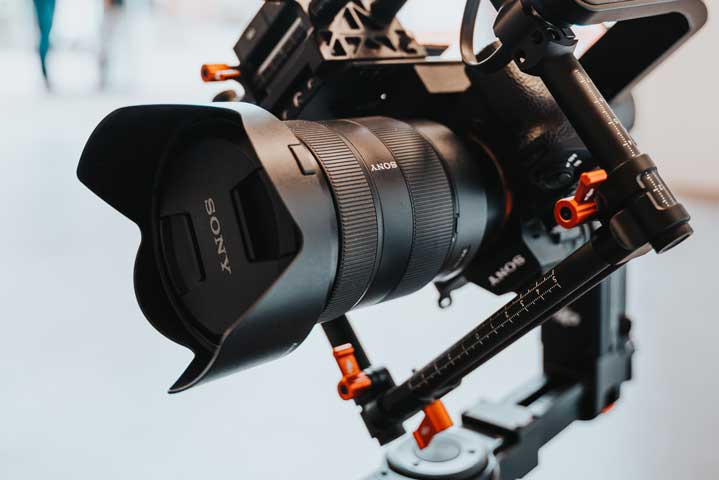







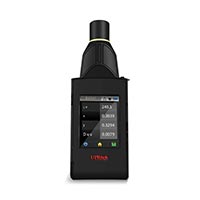

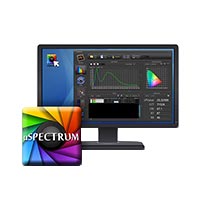

0 Comments